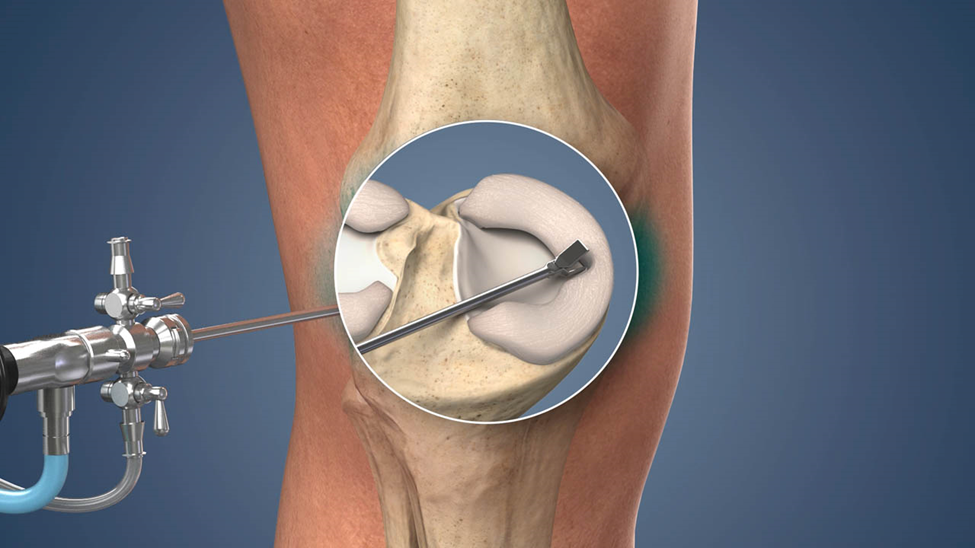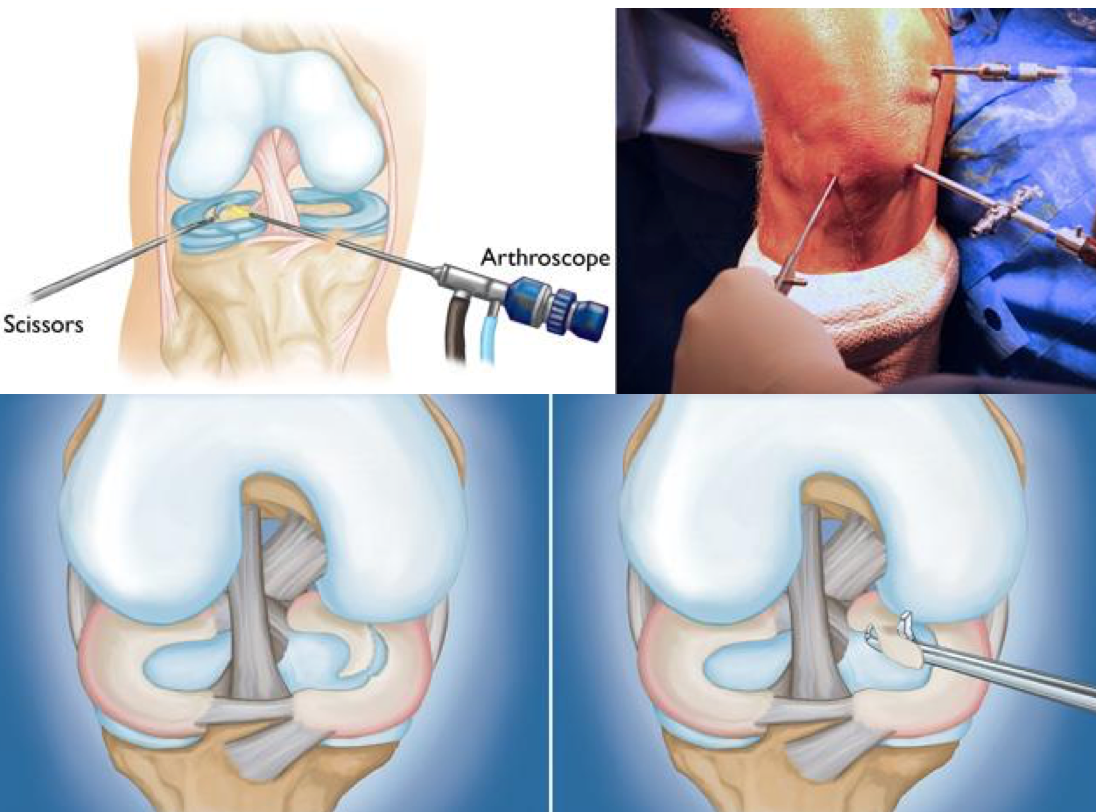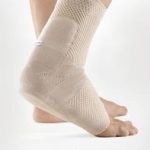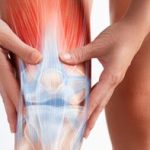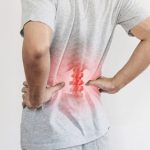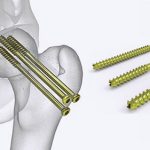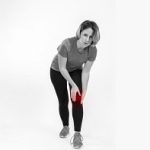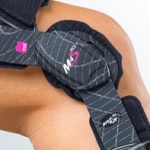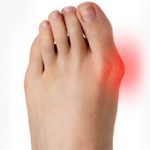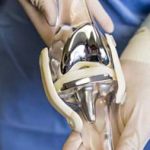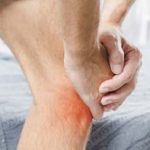ARTHROSCOPIC KNEE DEBRIDEMENT
What is knee arthroscopy?
Healthcare providers use knee arthroscopy to diagnose and treat a wide range of knee injuries. During arthroscopic knee surgery, your healthcare provider inserts a tiny camera through an incision. The camera shows the inside of your knee. The images appear on a screen in the operating room. They help your healthcare provider diagnose problems inside of your knee.
Knee arthroscopy is a very common minimally invasive surgical procedure. Minimally invasive procedures require smaller incisions (cuts) than traditional surgery. The incisions are about the size of a keyhole.
To treat injuries or structural problems, your healthcare provider inserts tiny tools through another incision. They use the tools to repair or remove damaged tissue.
Who needs knee arthroscopy?
Your healthcare provider may recommend knee arthroscopy if you have knee pain that doesn’t get better with nonsurgical treatments. Nonsurgical treatments include rest, ice, nonsteroidal anti-inflammatory drugs and physical therapy (PT). Although arthritis causes knee pain, arthroscopic knee surgery isn’t always an effective treatment for osteoarthritis.
Healthcare providers use arthroscopy to get a better look at cartilage, bones and soft tissues inside of your knee. They use the procedure to diagnose several types of knee injuries. Most of these injuries affect ligaments and cartilage in your knee joint.
Knee injuries among athletes (including adolescents) are very common. They can happen in contact sports and those that require jumping, such as volleyball.
Why do providers use knee arthroscopy?
Your healthcare provider uses knee arthroscopy to:
- Diagnose injuries: During knee arthroscopy, your healthcare provider takes a close look at any painful or swollen areas. The camera shows images of damaged soft tissues and bones. The images help your healthcare provider diagnose injuries (or confirm a diagnosis) and plan treatment.
- Repair injured soft tissues and bones: If you need surgery to repair tendons, ligaments or cartilage, your healthcare provider uses specially designed tools. The camera shows real-time images that guide your healthcare provider during the procedure. Your healthcare provider uses tiny tools to repair and reconstruct soft tissues by stitching them together. They can also suture (stitch) bones together.
- Remove damaged or inflamed tissue: Some tiny tools help your healthcare provider shave off damaged bone and cartilage or inflamed tissue (such as the synovium). They use tools to remove these tissues from your knee.
What conditions does knee arthroscopy treat?
You may need knee arthroscopy if you have:
- Soft tissue injuries: Soft tissues include ligaments (they connect bones to bones) and tendons (they connect muscles to bones). Some of the most common knee injuries are bursitis, torn meniscus, patellar tendonitis, anterior cruciate ligament tear (ACL tear) and tears of the medial collateral ligament (MCL tear).
- Fracture: Bones can break or chip off inside of your knee. Sometimes, pieces of cartilage (rubbery tissue that helps bones move against each other smoothly) can break off when your bone fractures.
- Inflammation: The synovium inside a joint can become inflamed (swollen and irritated). Synovium is soft tissue on the inside of a joint. Healthcare providers call this condition synovitis.
Historically speaking, Iran is known to be superior in the medical field. Until now, Iran is still prominent in the medical field. It has many hospitals and medical clinics provided with medical equipment similar to that found in the international medical institutions. In addition to that, orthopedic surgeons are highly qualified and trained by the most famous and professional surgeons in the world.
The cost of arthroscopic knee debridement in Iran
Iranian surgeons are interested in quality rather than price. Therefore, the surgeries in Iran are of high quality and reasonable prices. The cost of arthroscopic knee debridement in Iran is something between $1,000 and $1,800 according to the case, while the arthroscopic knee debridement cost in the United States of America is around $6,400, and the arthroscopy knee debridement cost in India is about $4,400.
What happens before knee arthroscopy?
Before you have knee arthroscopy, tell your healthcare provider what medications you’re taking. You may need to stop taking certain medications (such as blood thinners) before surgery. Your healthcare provider will tell you what time to stop eating and drinking the night before your procedure, too.
You may have knee arthroscopy at a surgery clinic or in a hospital. Right before your procedure, your healthcare provider will give you anesthesia. Whether you’re awake or asleep, you won’t feel pain during knee surgery. Your healthcare provider may recommend:
- Local anesthetic, to numb the area.
- Regional anesthetic, to numb you from the waist down.
- General anesthetic, to put you to sleep for the procedure.
What happens during knee arthroscopy?
During the procedure, your healthcare provider:
- Cleans your leg and secures your knee in a stabilizing device. The device ensures that your knee stays in the proper position throughout the procedure.
- Makes a small incision (cut) in your knee and inserts a long metal tool called an arthroscope into the incision. The arthroscope has a camera on the end. Images from the camera appear on a screen in the operating room.
- Looks at the images on the monitor and uses them to diagnose injuries and guide the procedure. If you need surgery, your healthcare provider makes other incisions in your knee and inserts tiny tools through them.
- Repairs torn tissues, shaves off damaged bone or cartilage and removes inflamed or damaged tissues. Your healthcare provider uses specially designed tools for these tasks.
- Closes the incisions with stitches or small bandages, and wraps your knee with a larger bandage or dressing.
What happens after knee arthroscopy?
Most knee arthroscopies are outpatient procedures, meaning you go home the same day. They usually take about an hour. Sometimes, knee arthroscopy requires a hospital stay (inpatient procedure).
When you’re ready to go home, you’ll need someone to drive you. After surgery, you’ll feel some pain. While recovering the first few days after your procedure, you should:
- Stay off of your feet: Avoid putting weight on your knee for a few days. You may need crutches or a walker to help you get around.
- Elevate your knee: To reduce swelling and relieve pain, rest with your leg elevated. Try to keep your knee above your heart.
- Take pain medication: Your healthcare provider may recommend over-the-counter nonsteroidal anti-inflammatory drugs (NSAIDs) or prescription pain medication. Be sure to follow your healthcare provider’s instructions when taking pain medication. You may also need drugs to reduce swelling or prevent blood clots.
- Keep your incisions covered. Make sure the bandage stays on your knee, and keep the area clean. Ask your healthcare provider when you can remove the dressing, take a shower or bathe after your procedure.
After you’ve had time to heal from the procedure, your healthcare provider may recommend physical therapy (PT). A customized PT program can help you gain strength and mobility. Your physical therapist will show you special exercises to increase flexibility, strengthen the muscles that support your knee and avoid another injury.
What are the advantages of knee arthroscopy?
Minimally invasive procedures like knee arthroscopy usually require less recovery time than traditional (open) surgery. As you only need a few small stitches, you’re more likely to get back on your feet more quickly than with traditional surgery. You may also have less pain and a lower risk of infection.
What are the risks or complications of knee arthroscopy?
Complications from knee arthroscopy are rare. As with any surgery, risks of knee arthroscopy include bleeding and infection.
After the procedure, some people have:
- Blood clots.
- Knee stiffness.
- Swelling that results from blood pooling in the knee (this complication is uncommon).
Recovery and Outlook
When can I go back to my usual activities after knee arthroscopy?
Everyone responds to surgery differently. Ask your healthcare provider when you can get back to your daily activities, including driving and walking without assistance. Your healthcare provider may recommend waiting several weeks before doing more physical or strenuous activities.
Sometimes, people need to make changes to their lifestyle and activity level. Some sports (especially those that require running or jumping) can damage your knee. Talk to your healthcare provider about choosing lower-impact sports and activities that are easier on your knee.

